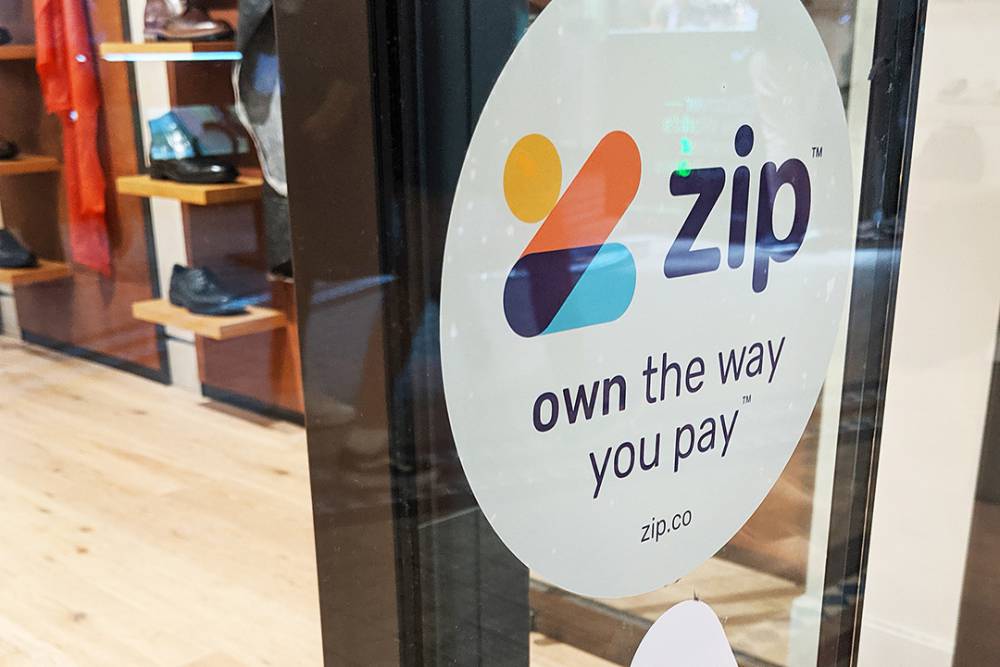Afterpay: An interactive valuation
Introduction
Over the past 18 months Afterpay has become a household name.The company has seen rapid growth in customers using the buy now, pay later service, while the number of merchants offering Afterpay as a payment option has skyrocketed.
It’s clear the company is in a high-growth phase, making it hard to determine a sensible valuation.
Research analysts can offer their opinion, but you'll have to trust that they’re around the money with their assumptions.
This article takes a different approach, it will help you value Afterpay yourself using a simple, but powerful set of calculations.
How it works
A financial model underpins this article. As you adjust the inputs provided throughout, the valuation of Afterpay will automatically adjust in real time.The valuation method used is the Customer Lifetime Value (CLV) methodology - the same method that Bell Potter and Goldman Sachs are using in their reports.
Put simply, this method estimates the net cashflows attributable to an average Afterpay customer, and then multiplies by the predicted number of customers in the future. The final step is discounting those cashflows back to now - because we are interested in the value of Afterpay today.
To build your valuation, you'll need to predict three key inputs:
1) The annual spend of the average Afterpay user
2) The annual retention rate of the average Afterpay user
3) How many users Afterpay will have in the future
Our valuation for Afterpay using our base inputs is as follows:
As you keep scrolling, these numbers will pin to the top of your screen and once you start playing with the inputs, it will update in response.
The annual spend of the average Afterpay user
To start, let's predict the annual spend of an Afterpay user. We know that the longer a customer remains active with Afterpay, the more they are transacting through the platform, as shown in the company's financial results. This will drive the average spend per customer higher over time.However, at the same time, new customers are being onboarded rapidly and those new customers initally transact less frequently. Therefore we have two competing drivers moving the dial on this key assumption to the valuation.
In this report, Bell Potter estimates average annual spend per customer at $1,580. We've taken that as our base input - which we then inflate at 3% per annum in our valuation model.
Don't agree? Adjust our assumption here and remember to keep an eye on the valuation at the top of your screen.
Customer retention rate
For the purpose of the valuation we need to estimate how many Afterpay customers will be retained on average, each year.For example, if you predict that of Afterpay's 9 million customers, 8 million will still be active next year (in addition to however many new customers sign up), your retention rate input would be 8/9 x 100 = 88.8%. Bell Potter estimated Afterpay's customer retention rate at 85% in this report.
Predicting Afterpay's Future Customers
Afterpay finished FY20 with 9.9m users. The company concluded FY19 with 4.5m users - so working backwards we could estimate that Afterpay added roughly 14,800 new customers per day on average over the last year.In their FY20 results annoucement, Afterpay said that in Q4, they were onboarding 20,000+ customers per day. This is a clear indication that the company is onboarding customers at an increasing rate.
In our base growth profile, we've estimated that customers will grow by roughly 20,000 users per day over the next year. In future years we've modelled in even faster user growth, as new markets come online and keeping with the acceleration in user growth we've seen to date.
Accurately estimating customer growth is particularily challenging, so we've built in scenarios - allowing you to adjust the growth profile by -20%, -10%, +10% and +20% respectively. You can build your own growth profile by dragging the nodes on the chart below - the chart denotes millions of customers over time. Note that this chart is only supported in Chrome & Safari.
Summary
Originally, our base inputs had Afterpay valued at $20.07bn, or $70.6 per share. You wereYou said that Afterpay customers will spend
Methodology:
The valuation of Afterpay Touch Pty Ltd was derived using the Customer Lifetime Value (CLV) methodology. The CLV methodology projects the net cashflows attributable to customer, and multiplys by a predicted number of customers.
Using the inputs provided in the article and other general assumptions, 50 years of discounted cashflows were projected for Afterpay.
Assumptions used in the calculation that have not been previously listed in the article include an average spend inflation rate of 3%, a discount rate of 10.1%, a gross margin of 2.1%, terminal growth rate of 2.5% and shares on issue of 286.38 million.
All enquiries to mharper@moderninvestor.com.au
The valuation of Afterpay Touch Pty Ltd was derived using the Customer Lifetime Value (CLV) methodology. The CLV methodology projects the net cashflows attributable to customer, and multiplys by a predicted number of customers.
Using the inputs provided in the article and other general assumptions, 50 years of discounted cashflows were projected for Afterpay.
Assumptions used in the calculation that have not been previously listed in the article include an average spend inflation rate of 3%, a discount rate of 10.1%, a gross margin of 2.1%, terminal growth rate of 2.5% and shares on issue of 286.38 million.
All enquiries to mharper@moderninvestor.com.au







